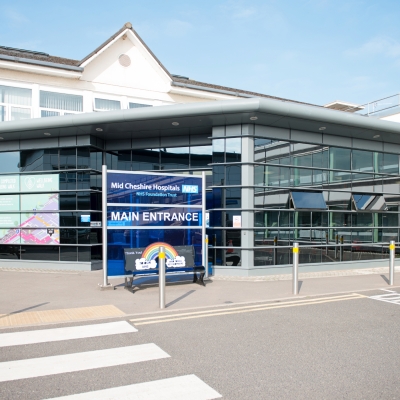Your birth plan is a record of what you would prefer or would like to consider during your labour and after the birth of your baby.
Discussing a birth plan with your Midwife will give you the chance to ask questions and find out more about what happens during labour. Your birth plan is personal to you. It will depend not only on what you want, but also on your medical history and your individual circumstances.
Your Midwife will discuss your birth plan with you at around 34 weeks of pregnancy. It’s a good idea for you to think about your birth preferences before this appointment. You may find it useful to use the NHS Choices: How to make a birth plan page and to discuss your plans and preferences with your birth partner.
The Midwife caring for you during labour will also discuss your birth plan with you, to ensure that your requests are accommodated as much as possible. It is important to remember that you need to be flexible and prepared to do things differently from your birth plan if complications arise with you or your baby. Your Midwife will tell you what they advise if your particular circumstances change. Please don't hesitate to ask questions if you need to.
Things you need to consider are:
- Choosing where to give birth (NHS Choices)
- Who will be your birth partner. Ensure you have an alternative birth partner in case their situation changes.
- If you are happy to have students involved in your care
- Pain relief options during labour and birth (NHS Choices)
- Monitoring your baby’s heartbeat
- Delivering the placenta (third stage of labour) (NHS Choices)
- Skin to skin contact with your baby
- Vitamin K
- Feeding your baby
- Any other individual requirements that may be personal to you
For information about what you’ll need for labour and birth, visit NHS Choices Pack your bag for labour. If you are planning to bottle feed, you will also need to bring preprepared formula (a starter pack is ideal). Sterile bottles will be provided for you.
Preparing for taking your baby home
It is important that you prepare for taking your baby home from hospital safely. If you are travelling by car, it is the law to have your baby secured in an appropriate car seat. More information can be found at
Car seat safety: A guide to keeping your child safe in the car
Choosing & Using | Child Car Seats
We recommend that you learn how to use your car seat prior to your baby's arrival, you could use a doll or teddy. You should know:
- How your car seat works - read the instructions that come with the seat or find them online
- How to put your baby into it and secure them - this should be in the instructions or look at the websites above
- How to fit it into your car - the shop where you bought the seat should be able to show you this
The Lullaby Trust also gives information about car seat safety Car seats and SIDS - The Lullaby Trust
POOL Study Findings
The results of this study were published in June 2024.
The results showed that around half of all women who used a pool in labour had a waterbirth. The rate of problems was very similar in waterbirths and births out of water. Around 1 in 20 first time mothers, and 1 in 100 mothers having their second, third or fourth baby had a severe tear. Around 3 in every 100 babies needed antibiotics or help with their breathing after birth, and baby deaths were rare.
The POOL Study concluded that for low-risk women giving birth in the NHS, having a waterbirth is as safe for them and their babies as leaving the water before birth.
If you would like to read more about the study, please click here.

